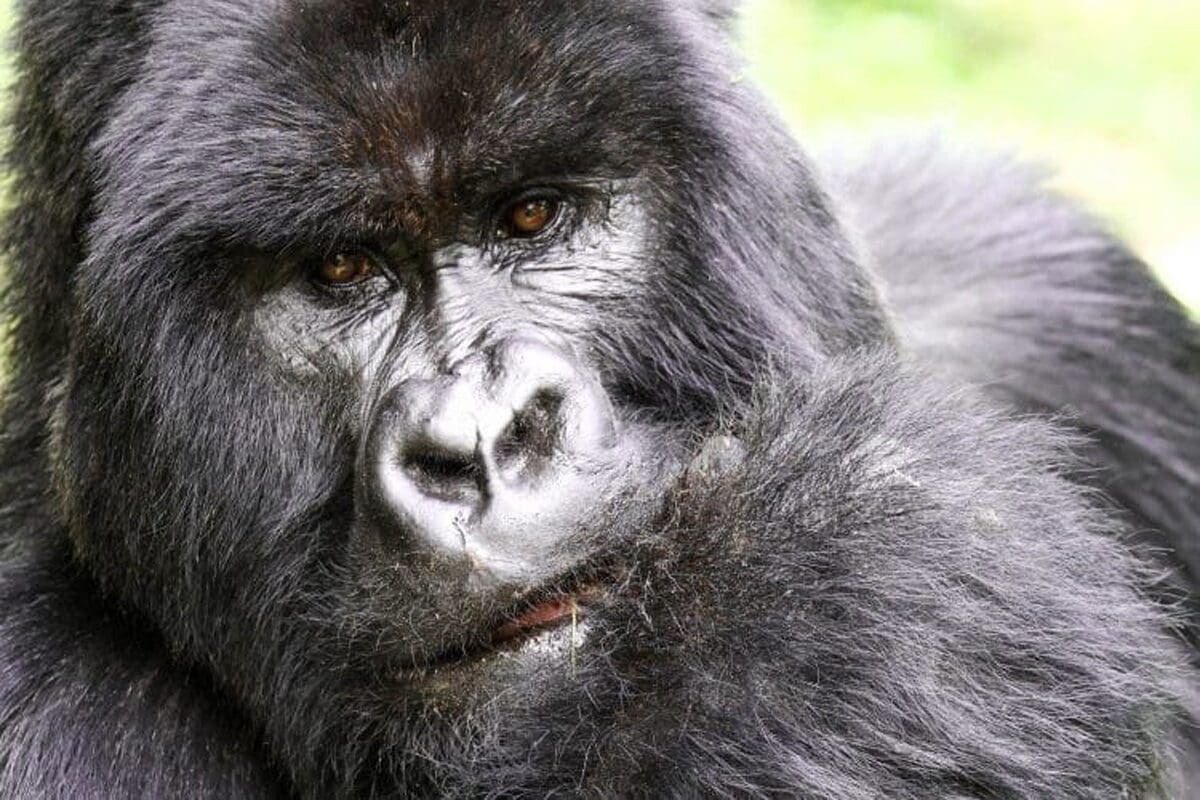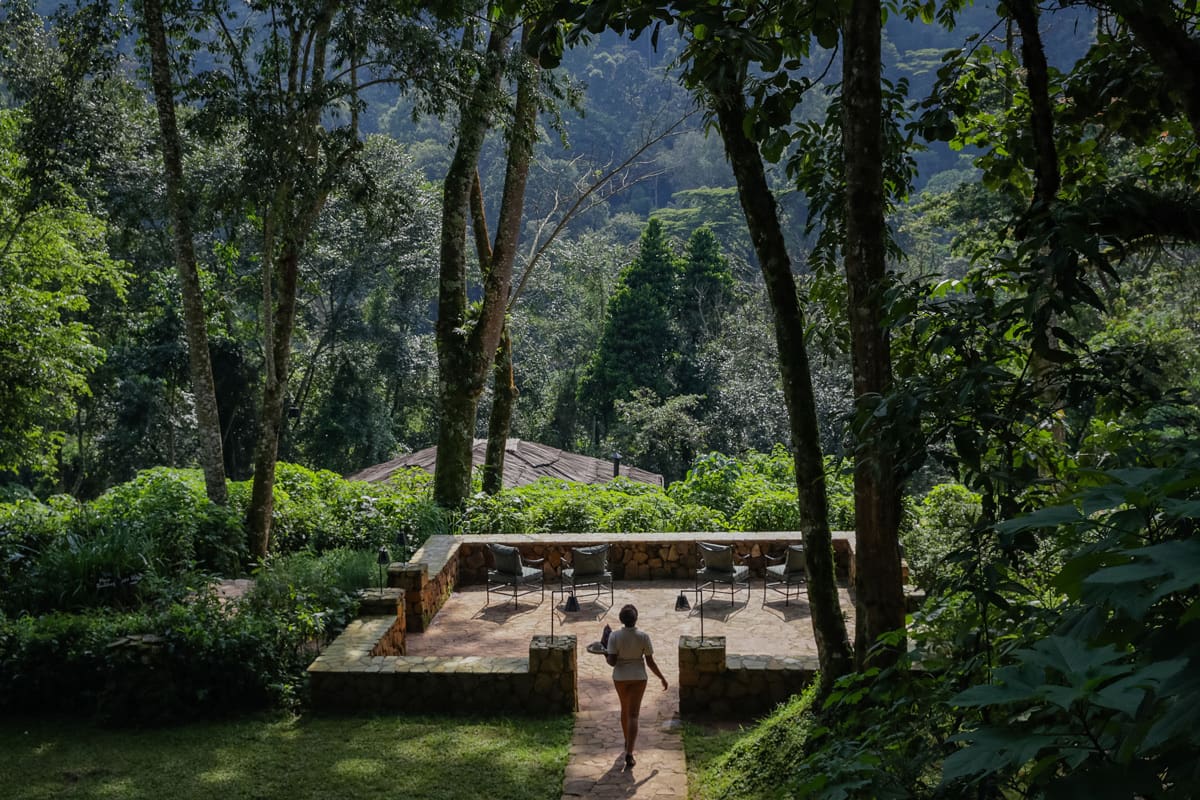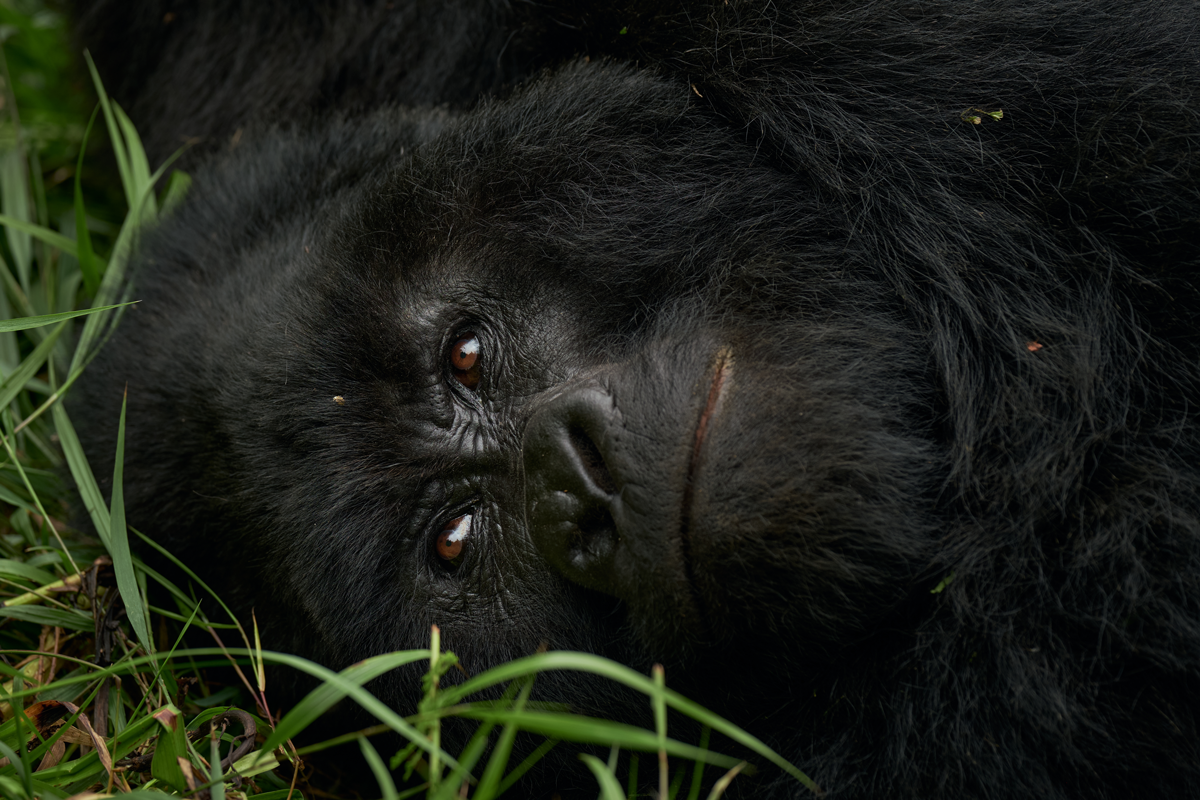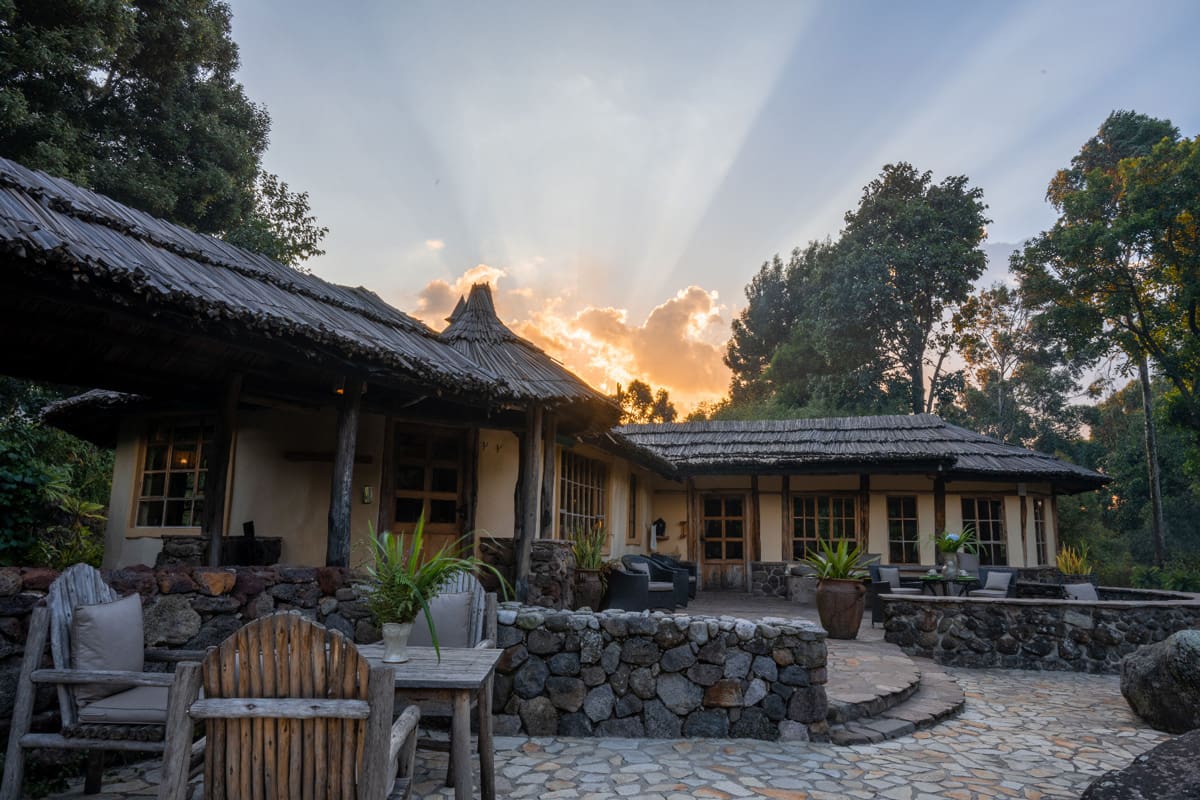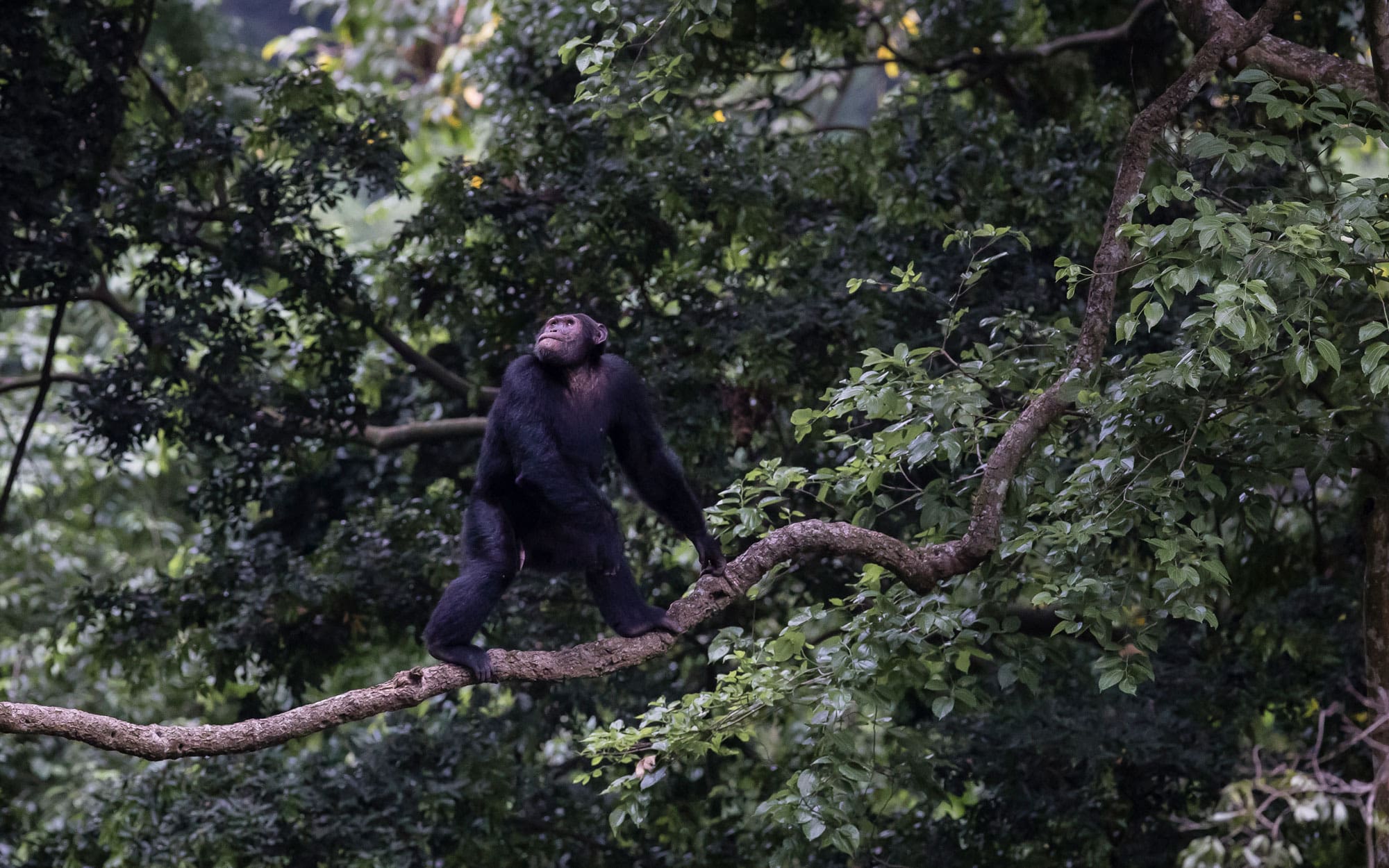We are thrilled to see Volcanoes Safaris Virunga lodge featured in the Men's Journal among the place with better views of the volcanic peaks in Rwanda.
Connect with us
Write to us on [email protected] or send us a message via the form on our contact page.
Rwanda: +250 (0) 252 502 452
Uganda: +256 (0) 414 346 464
You can also
chat to one of our sales consultants via our live chat
or by starting up a conversation on any of our social pages.
About
Main Menu
Resources
Main Menu
Main Menu
